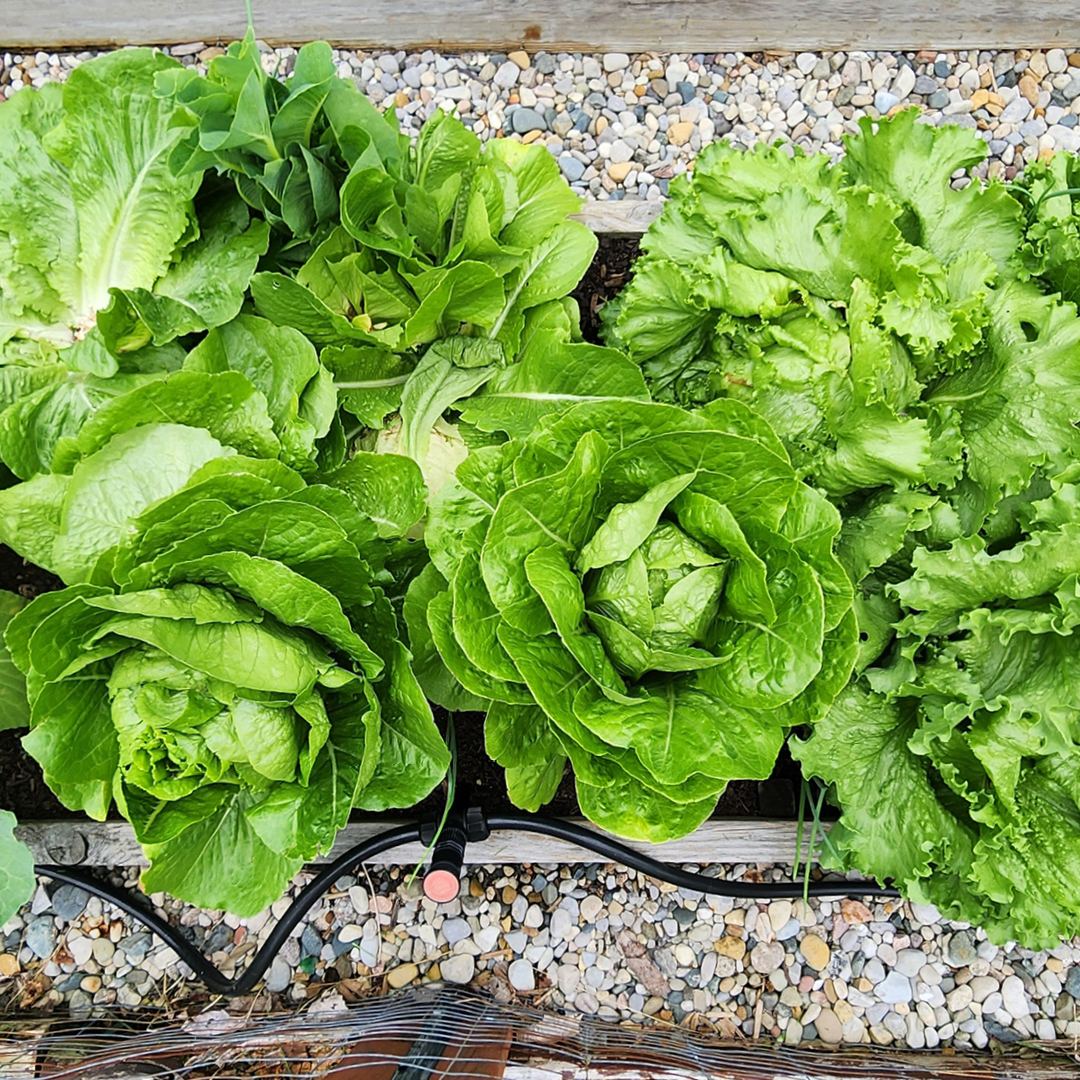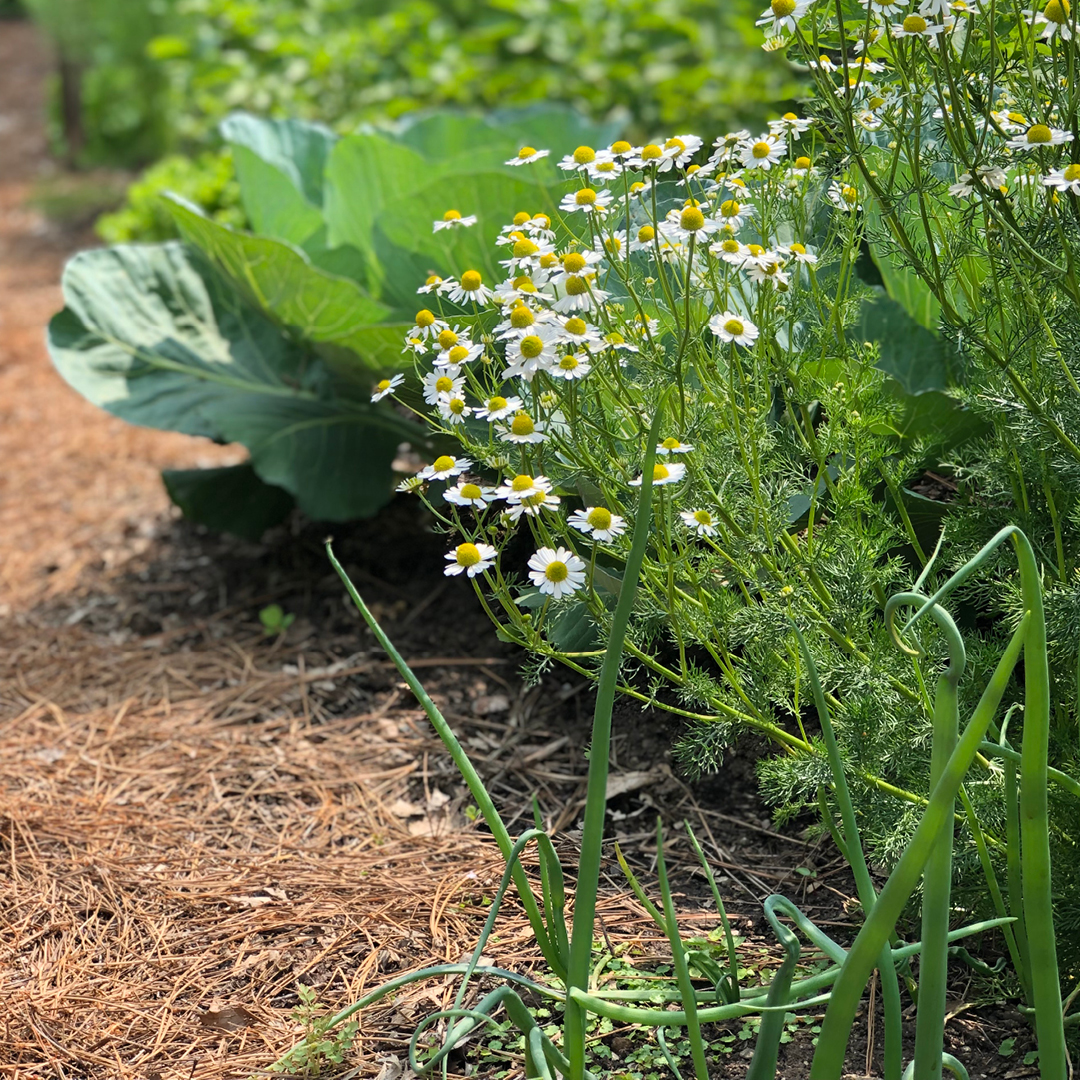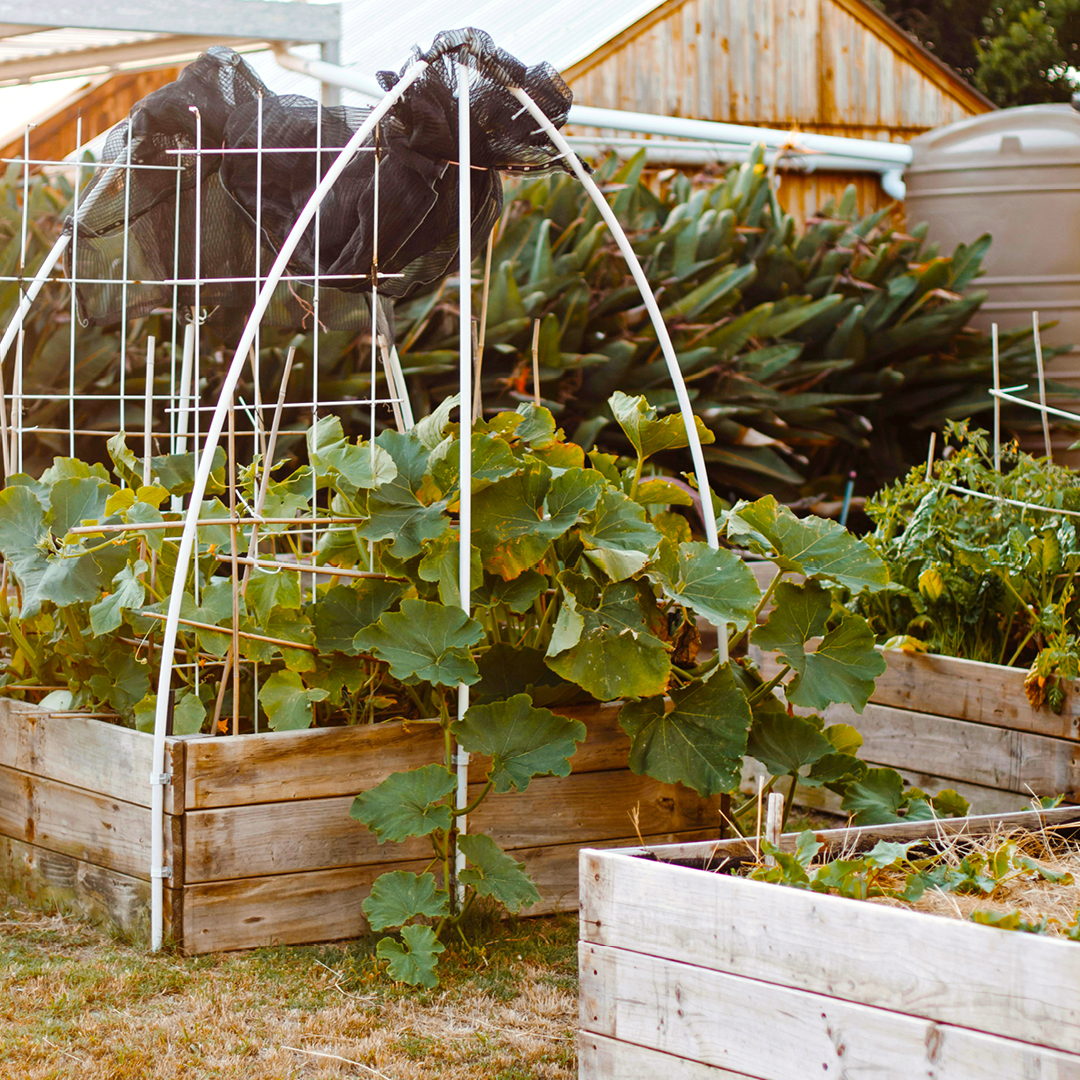Heat stress in plants occurs when temperatures exceed the optimal range for their growth and functional processes. This typically happens during oppressive hot spells when temperatures soar above what the plant can comfortably endure. While different plants have different temperature thresholds, heat stress is generally observed when temperatures reach 90°F or higher for extended periods.
How Heat Stress Affects Vegetable Plants
Heat stress will adversely affect vegetable plants in a number of ways, impacting their overall health, growth, and productivity. Here are the primary adverse effects:
- Wilting and Water Loss
Plants lose water through transpiration, where water evaporates from the leaves. High temperatures increase the transpiration rate, causing plants to lose water faster than they can absorb it from the soil. As a result, plants often exhibit wilting, where leaves droop and stems become limp. This is a defensive mechanism to reduce surface area and conserve water. - Leaf Scorching and Sunburn
Prolonged exposure to intense sunlight and high temperatures can cause leaf tissues to burn. This is often seen as browning or scorching at the edges or tips of the leaves. Fruits and vegetables, especially those exposed to direct sunlight, can suffer from sunburn, leading to discolored and damaged produce. - Blossom Drop and Reduced Yield
Heat stress can cause flowers to drop prematurely before they have a chance to develop into fruit. This is a common issue in crops like tomatoes, peppers, and beans. High temperatures can hinder fruit set and development, leading to smaller yields and sometimes deformed fruits. - Reduced Photosynthesis
Extreme heat can inhibit photosynthesis, the process by which plants convert sunlight into energy. When temperatures are too high, the enzymes involved in photosynthesis become less efficient, reducing the plant’s ability to produce energy. With reduced energy production, plant growth is stunted. Vegetables may grow slower, remain smaller, and produce fewer leaves, flowers, and fruits. - Nutrient Deficiency
Heat stress can affect a plant’s ability to absorb nutrients from the soil. High temperatures can alter the soil chemistry and reduce the availability of essential nutrients, leading to deficiencies. Nutrient deficiencies often manifest as yellowing leaves, poor growth, and reduced overall vigor. - Increased Susceptibility to Pests and Diseases
Stressed plants emit signals that can attract pests. Additionally, weakened plants are less able to defend themselves against pest attacks. Heat stress can compromise a plant’s immune system, making it more susceptible to diseases. Fungal and bacterial infections can take hold more easily in stressed plants. - Root Damage
High ambient temperatures can increase soil temperatures, which can damage root systems. Roots are crucial for water and nutrient uptake, and damaged roots can lead to a further decline in plant health. - Stress Hormones
Under heat stress, plants produce stress hormones such as abscisic acid. These hormones trigger responses aimed at conserving water and energy but can also slow down growth and reproductive processes.
Managing Heat Stress
Now that we know how heat stress can severely impact the health and productivity of vegetable plants, utilizing the proper prevention and mitigation strategies can help gardeners protect their crops from the adverse effects of high temperatures.
- Soil Management
Help prevent anticipated heat stress by adding organic matter to improve the soil before planting. Incorporate compost or well-rotted manure into the soil to improve its structure, fertility, and water-holding capacity. Healthy soil rich in organic matter can retain moisture better and provide a steady supply of nutrients to plants.Regularly test your soil to ensure it has the necessary nutrients and proper pH level for optimal plant growth. Add soil amendments based on test results to address any deficiencies and maintain a balanced nutrient profile. - Planting Tips and Techniques
Select vegetable varieties that are more resistant to heat stress. Plant vegetables with adequate spacing to ensure good air circulation. This reduces humidity around plants and lowers the risk of fungal diseases. Proper spacing also allows roots to spread out and access more soil moisture and nutrients.Plant crops early in the season so they can mature before the hottest part of the year. This is especially useful for cool-season vegetables. Plant in succession to ensure that not all plants are at the same stage of growth during peak heat periods. This helps spread the risk and enables a continuous harvest. - Watering
Water deeply and less frequently to encourage deep root growth. This helps plants access moisture from deeper in the soil during dry periods. Water in the early morning when temperatures are cooler. This reduces water loss through evaporation and ensures plants have moisture available before the day’s heat arrives. Use a soil moisture meter to regularly check the moisture levels in the soil. This helps ensure that plants are receiving adequate water. Adjust your watering schedule based on soil moisture readings and weather conditions.Best watering practices during times of intense heat include using drip irrigation or soaker hoses to deliver water directly to the root zone. This minimizes water waste and ensures plants receive consistent moisture. Also, keeping foliage dry helps reduce the risk of fungal diseases, which can thrive in warm, wet conditions. - Mulching
Apply a thick layer of organic mulch (straw, wood chips, grass clippings) around plants. Mulch helps retain soil moisture, reduce soil temperature, and suppress weeds. As organic mulch breaks down, it adds nutrients to the soil, improving soil structure and fertility.Try using reflective mulch (such as aluminum-coated or white plastic) to reduce soil temperatures by reflecting sunlight away from the soil. Reflective mulch can be particularly beneficial for heat-sensitive crops like lettuce and spinach. - Shading
Use shade cloth with varying densities (30%, 50%, or 70%) to provide the right amount of shade for different plants. Install shade cloth over hoops or frames to create temporary structures that protect plants from intense sunlight. You may also take advantage of natural shade by using taller, heat-loving plants to provide natural shade for smaller, more delicate plants. - Windbreaks
Plant hedges or use fences to protect your garden from hot, drying winds. Windbreaks can help reduce the rate of transpiration and moisture loss. Creating a sheltered microclimate can help maintain more stable temperatures around your plants. - Pest and Disease Management
Regularly inspect plants for signs of pest activity and disease. Heat-stressed plants are more vulnerable, so early detection and treatment are crucial. Use organic control measures as needed to manage pests and diseases effectively. Remove any dead or damaged leaves to reduce stress on the plant and improve airflow to help prevent disease. Pruning can also help redirect the plant’s energy towards healthy growth and fruit production.
Preventing and mitigating heat stress in vegetable plants requires a combination of thoughtful planning, effective gardening practices, and continuous monitoring. By implementing these strategies, you can create a resilient garden capable of thriving even during periods of high temperatures. Regular attention and adaptation to changing conditions will help ensure your plants remain healthy, productive, and less susceptible to the adverse effects of heat stress.






